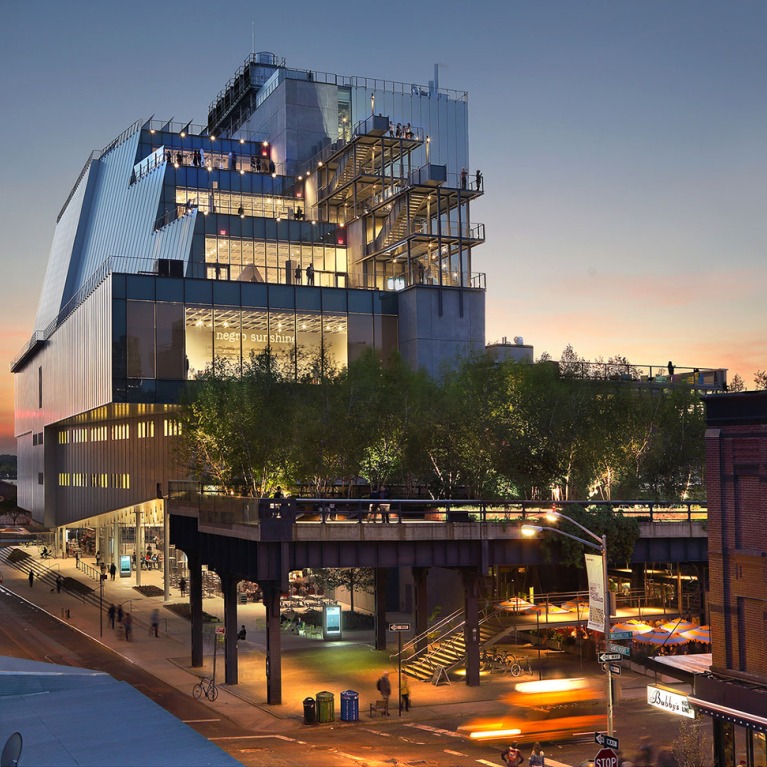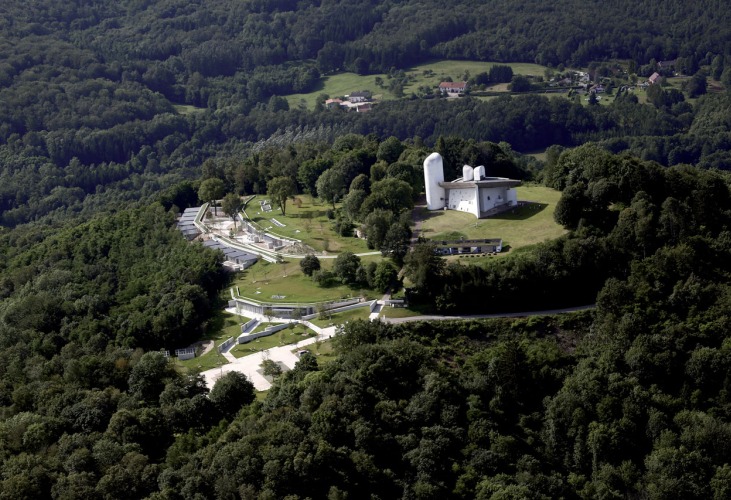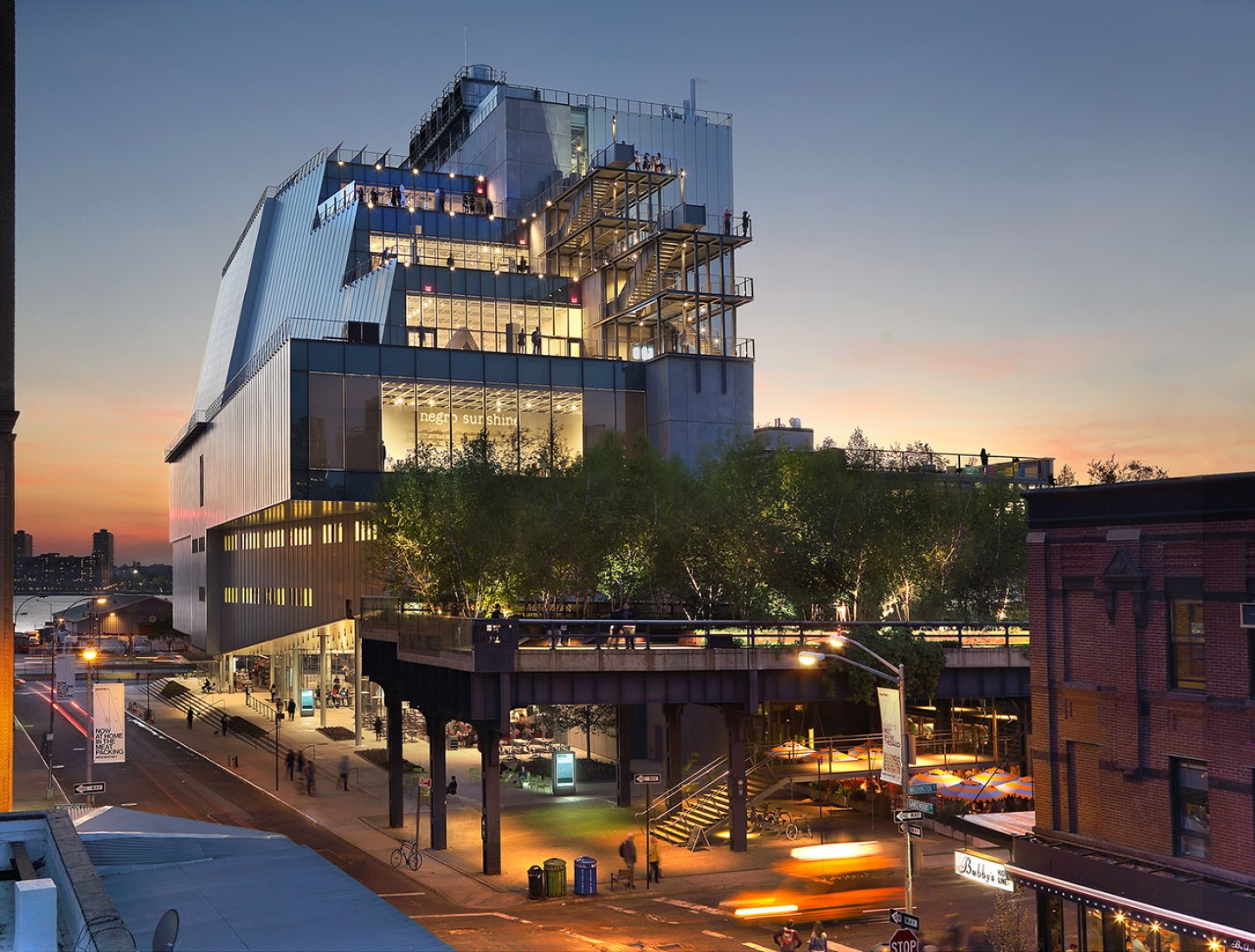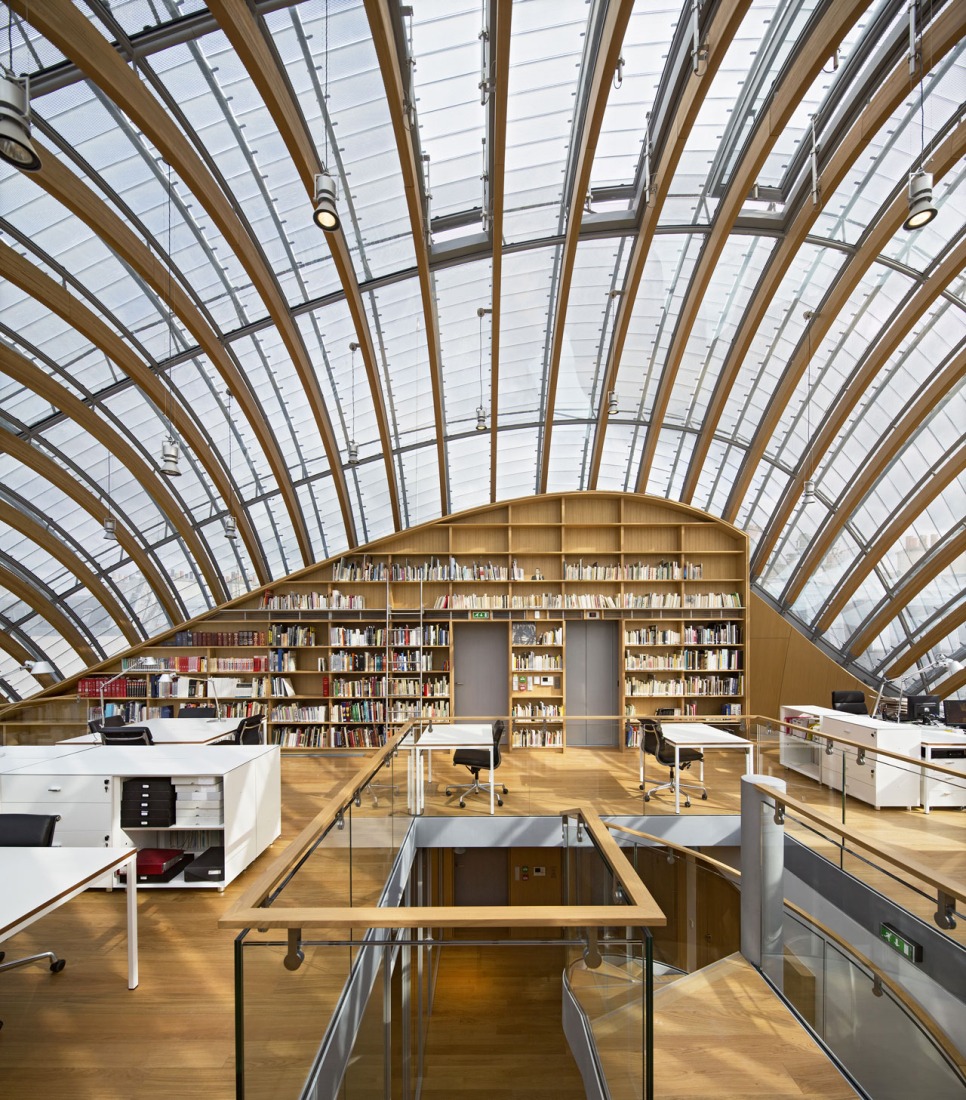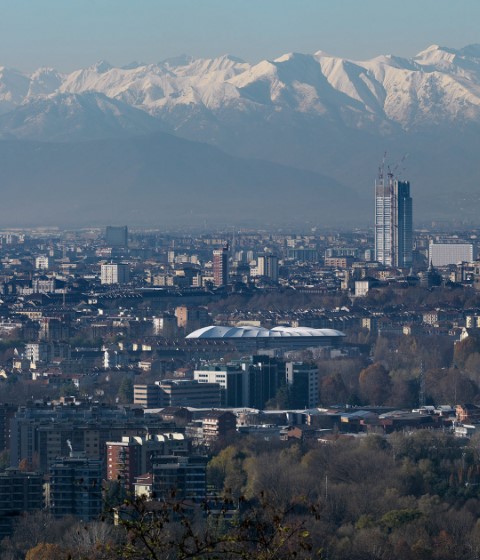Renzo Piano's method of birthing an idea consists in a horizontal system, a collective participation in which every employee can positively contribute, so that the final result comes not from one mind, but from the juxtaposition of multiple views, lacking of a particular owner. The collaborative process is also focused on the achievement of innovative lightweight structures - Piano’s obsession since the 1960s. This approach is made especially evident in the first section of the exhibition, where visitors can appreciate the artisanal dimension of Renzo Piano Building Workshop, which employs models and prototypes as a fundamental underpin for project creation.
Their recurrently used concept of material exploitation, derived from challenging the limits of construction, has been recently supported by the use of parametric software (as is the case, for example, of the parliament of Malta and the Pathé Foundation). However, the experimental and innovative aspect of the practice is not enclosed in itself, but has always taken into account the social aspect of architecture. Piano considers the habitability of buildings from an energy and urban point of view as a necessity in his works, so that the user's comfort and harmony of the new with the existing always go hand in hand.
The exhibition’s "confrontation" section compares Piano’s designs with Louis Kahn’s Kimbell Museum in Fort Worth and the monastery of Santa Clara in Ronchamp (Le Corbusier), emphasizing their urban and livability treatments, above mentioned.
The final conclusion to be drawn from the exhibition is the appreciation of the practice’s obtained sensitivity from its research in materials, climate and urban planning, aspects which articulate the Piano method.
Where.- Cité de l'architecture & du patrimoine. Trocadéro and November 11 square, 1, Paris, France.
When.- From the 11 November 2015 until the 29 February 2016.
Opening hours.- Monday, Wednesday, Friday, Saturday and Sunday from 11.00 to 19.00. Thursday from 11.00 to 21.00.
Entrance fee.- 8,00 €.
